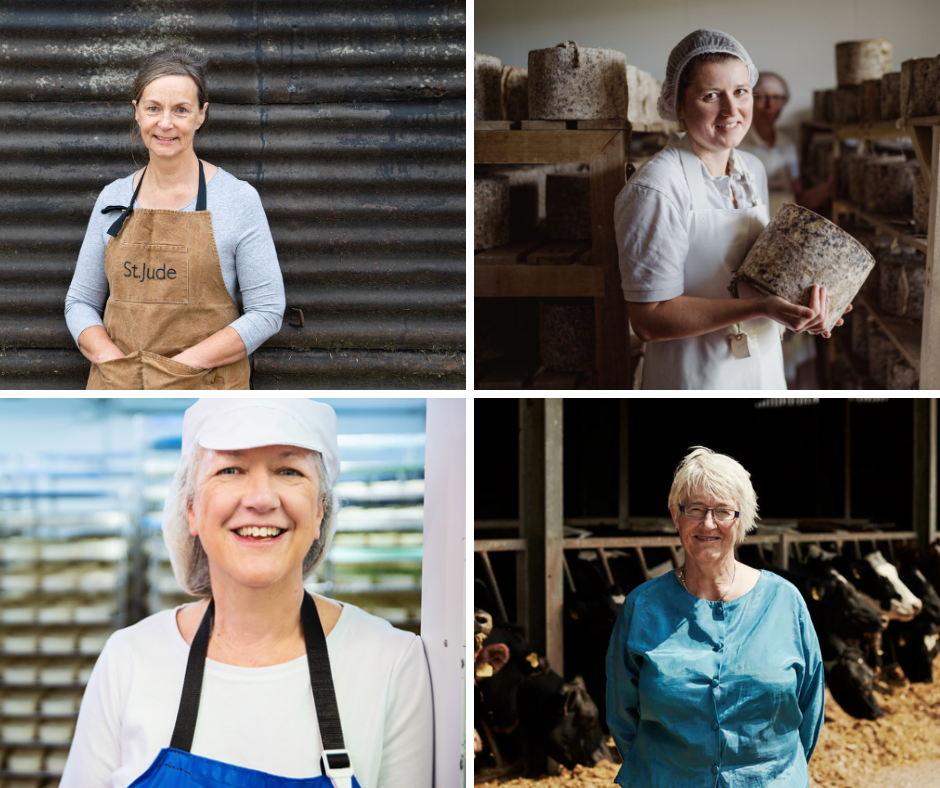Behind the Scenes with Cheese Makers Melbourne: Featuring Floridia Cheese
Behind the Scenes with Cheese Makers Melbourne: Featuring Floridia Cheese
Blog Article
Opening the Keys of Artisanal Cheese Making: A Detailed DIY Overview
In the world of cooking craftsmanship, artisanal cheese making stands as a testimony to the fragile equilibrium between tradition and technology. As we begin on this trip to debunk the art of creating exquisite cheeses, we are encountered with a tapestry of keys and abilities waiting to be deciphered.
Selecting the Right Milk
When embarking on the trip of artisanal cheese production, the selection of milk plays an essential function in figuring out the top quality and attributes of the final product. The type of milk selected impacts the flavor, texture, and generally account of the cheese.
When choosing milk for cheese making, it is important to take into consideration the fat material. Higher fat content in milk can cause a creamier and richer cheese, while reduced fat material may cause a drier and firmer structure. In addition, the source of the milk, whether from cows, goats, lamb, or buffalo, contributes distinct tastes and qualities to celebrity (Floridia Cheese Melbourne). Each type of milk brings its very own subtleties, permitting a vast array of cheese varieties to be crafted based on the picked milk. Eventually, the selection of milk is a basic decision that sets the structure for a successful artisanal cheese-making undertaking.
Culturing and Coagulating
To initiate the cheese-making procedure, the important actions of culturing and coagulating have to be carefully executed to transform milk into curds and whey. The kind of society used can significantly impact the taste, appearance, and ripening of the final cheese product.

The timing and temperature control throughout culturing and coagulation are crucial elements that affect the final outcome of the cheese. Proper implementation of these steps is essential to make sure the preferred appearance, flavor, and uniformity of the artisanal cheese being produced.
Draining and Pressing Curds
After the milk healthy proteins have actually coagulated and the curds have actually been reduced to launch whey, the next crucial step in artisanal cheese making includes draining and pressing the curds to achieve the wanted structure and consistency of the last cheese item. Draining pipes is the process of separating the curds from the whey. This can be done by moving the curds into a cheesecloth-lined colander or mold and mildew and allowing the whey to drain off naturally. The time for draining pipes can vary depending upon the sort of cheese being made and the wanted moisture material.
Pressing aids expel any continuing to be whey and compacts the curds to create a solid cheese wheel. Appropriate pressing and draining pipes are vital actions that significantly influence the high quality and features of the artisanal cheese being created.
Aging and Flavoring Methods
Applying careful aging and flavor methods is crucial in enhancing the deepness and complexity of artisanal cheeses, boosting their web taste profiles to exquisite levels of improvement and sophistication. Aging plays a critical role in establishing the unique flavors and appearances that distinguish artisanal cheeses.
Flavoring strategies also contribute substantially to the last taste of artisanal cheeses. Cheesemakers may select to present additional flavors by integrating active ingredients such as herbs, spices, and even fruits right into celebrity throughout her explanation the manufacturing procedure. Additionally, some cheeses are washed or scrubed with different fluids, such as salt water or alcohol, to boost their structures and tastes.
Covering and Saving Cheeses

Conclusion
To conclude, mastering the art of artisanal cheese making includes carefully choosing the appropriate milk, complying with exact culturing and coagulating procedures, draining pipes and pushing curds efficiently, and using various aging and flavor strategies. By complying with these steps carefully and with focus to detail, you can produce your very own tasty and one-of-a-kind cheeses at home. Remember to cover and keep your cheeses properly to ensure optimum taste and appearance development. Satisfied cheese making!
Each type of milk brings its own nuances, enabling for a broad variety of cheese ranges to be crafted based on the chosen milk.After the milk proteins have actually coagulated and the curds have actually been reduced to launch whey, the next vital action in artisanal cheese making includes draining pipes and pressing the curds to achieve the preferred structure and consistency of the final cheese product. Most cheeses should be covered in wax paper or cheese paper to permit them to take a breath while securing them from drying out. For cheeses that need to continue aging, such as bloomy peels or cleaned skins, ensure they are stored in a cool setting like a cheese cavern or a refrigerator set to the appropriate temperature level. By paying interest to the covering and sites storage space of artisanal cheeses, cheese makers and enthusiasts can maintain the stability of these delicacies and totally appreciate their complicated flavors.
Report this page